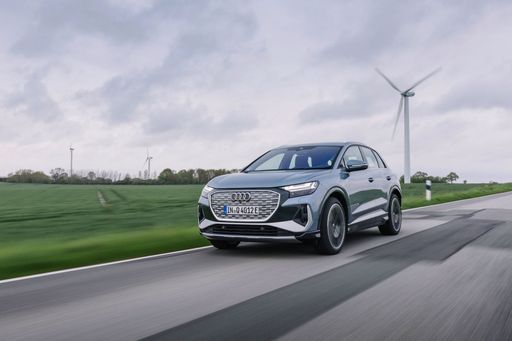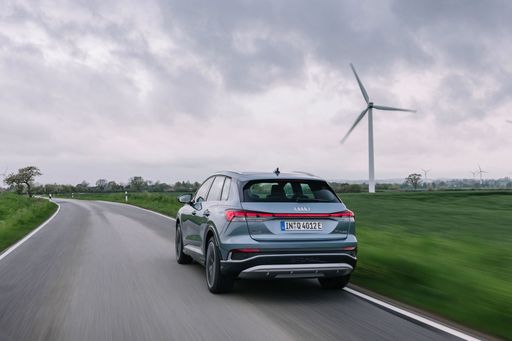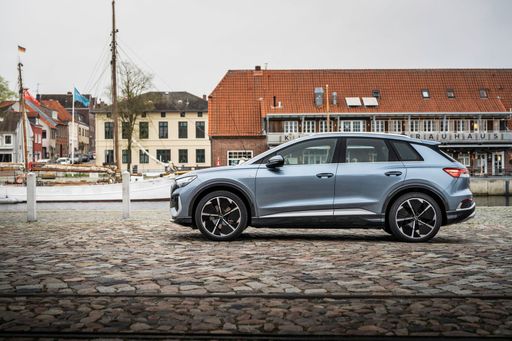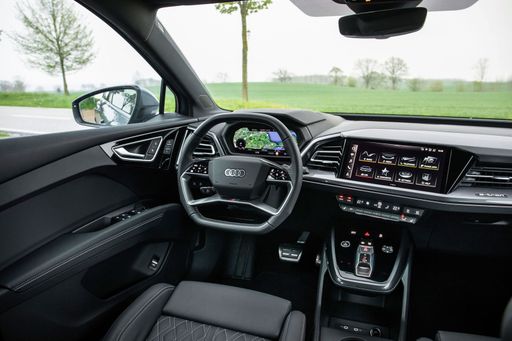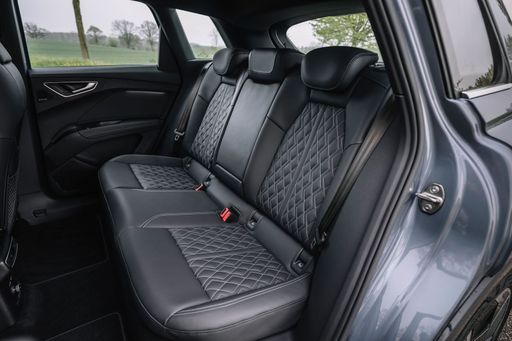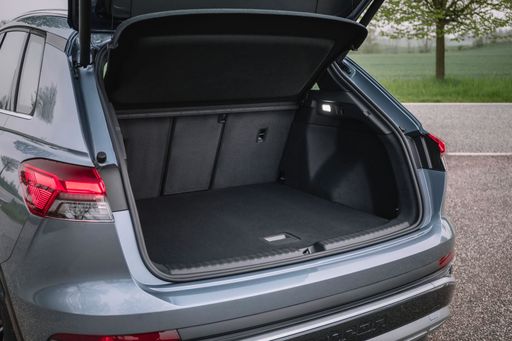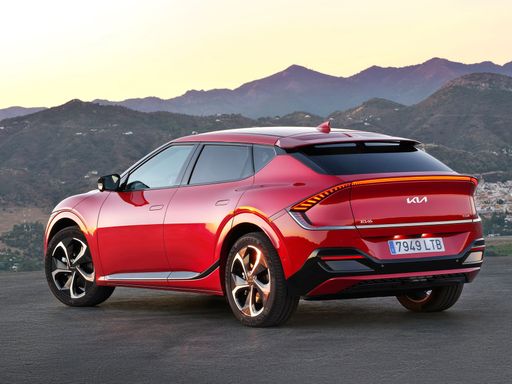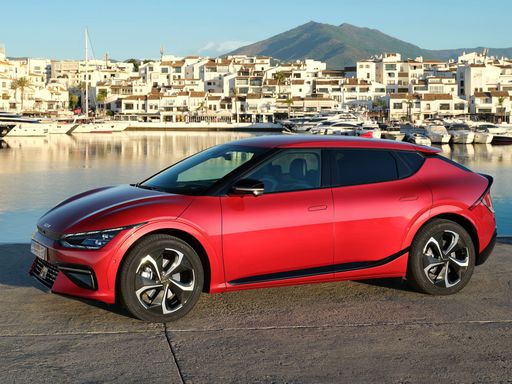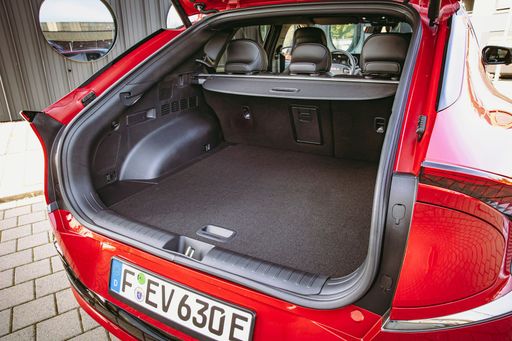Performance Showdown: Audi Q4 e-tron vs Kia EV6
In the rapidly evolving world of electric vehicles (EVs), two names stand out for their innovation and performance: the Audi Q4 e-tron and the Kia EV6. Both vehicles offer unique attributes and impressive specifications, aimed at catering to the diverse demands of modern drivers. This article dives deep into a head-to-head comparison, focusing on their technical aspects and innovations.


